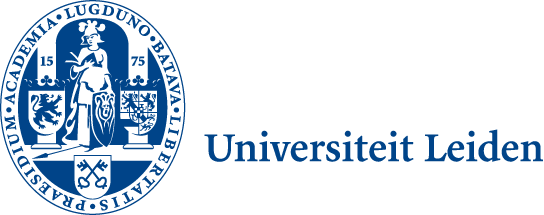- Leiden University
- Leiden Institute of Chemistry
- Master's Programmes
Step-by-step instructions for writing a colloquium essay
Are you interested in the MSc Chemistry or MSc Life Science & Technology programme?
Find out more about the programmes, career prospects & how to apply.

